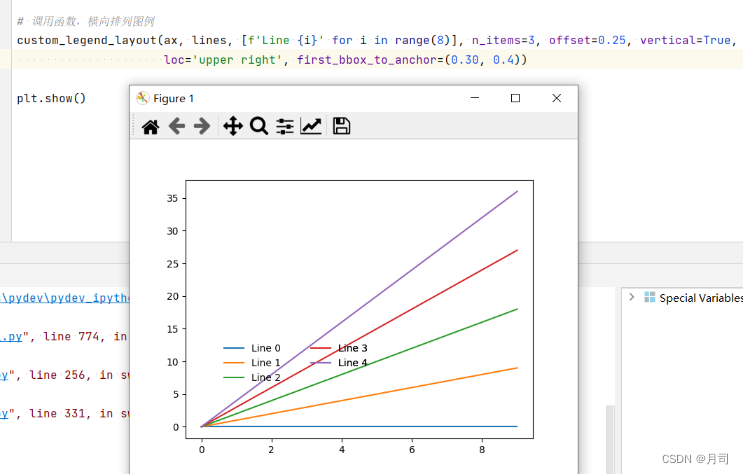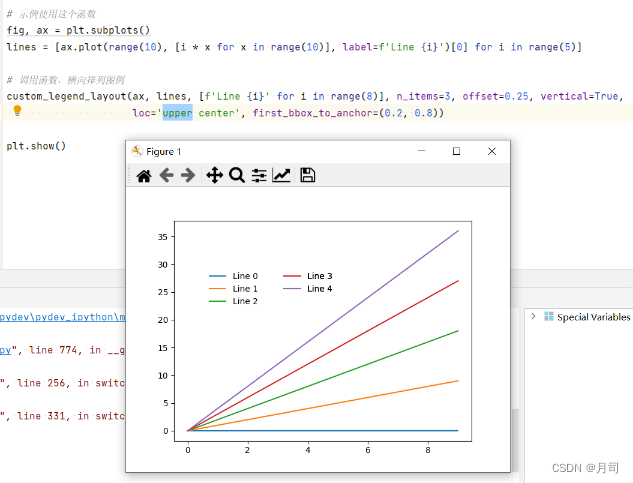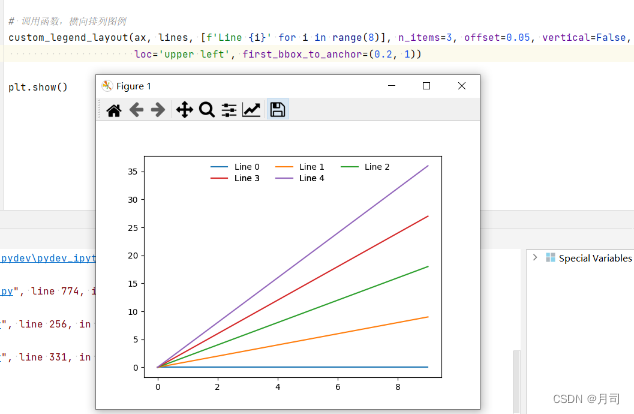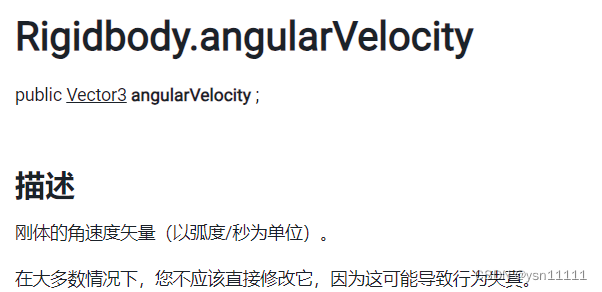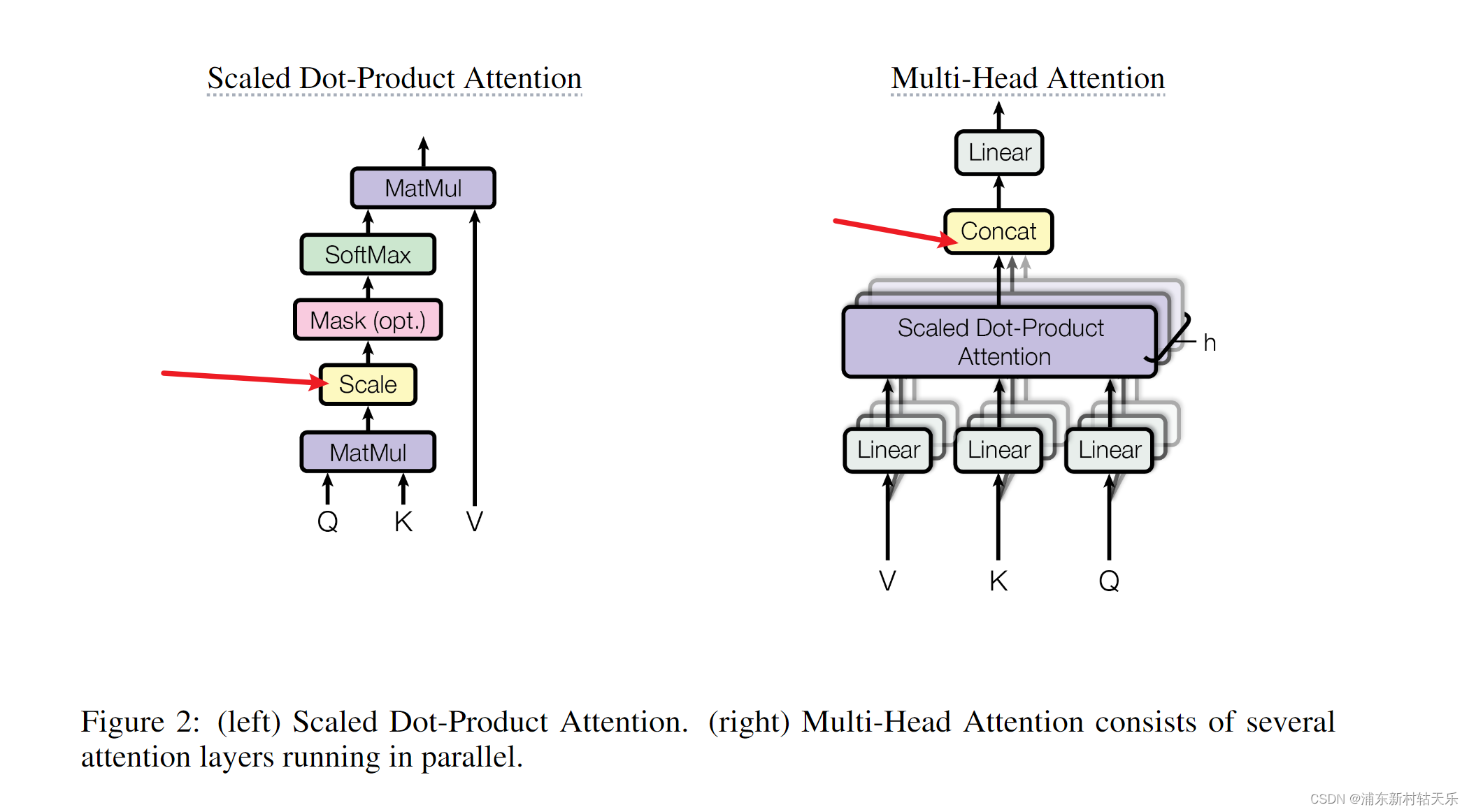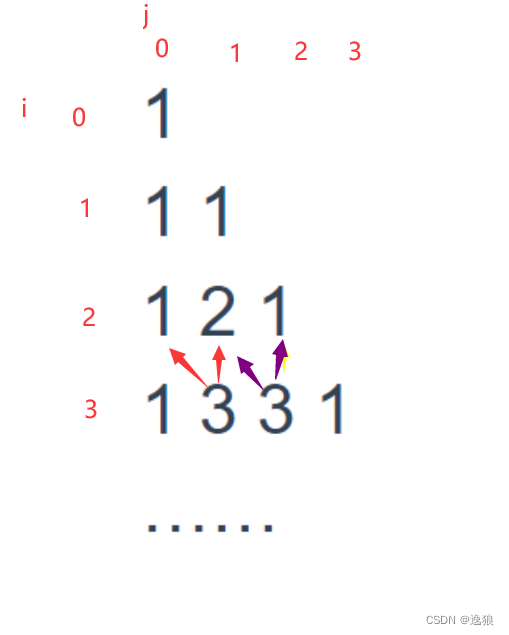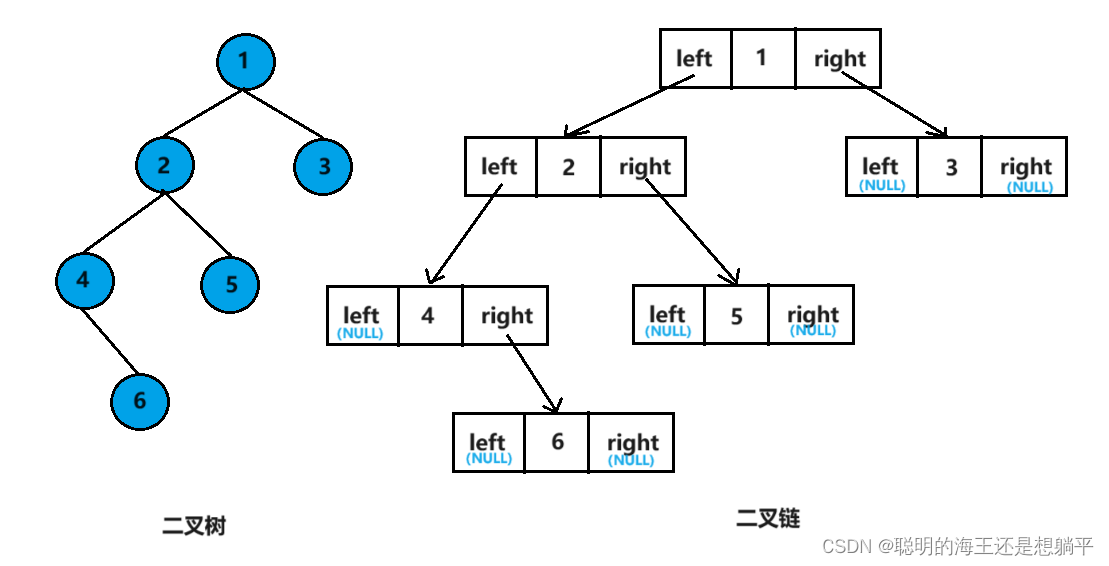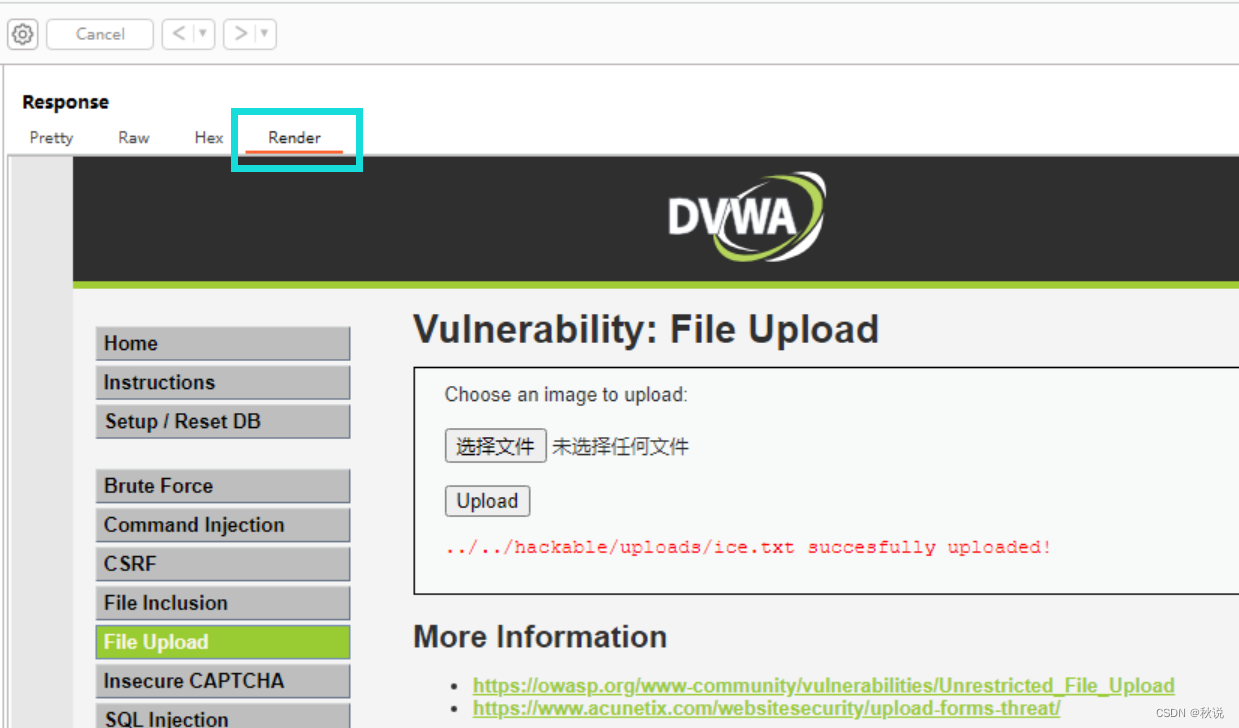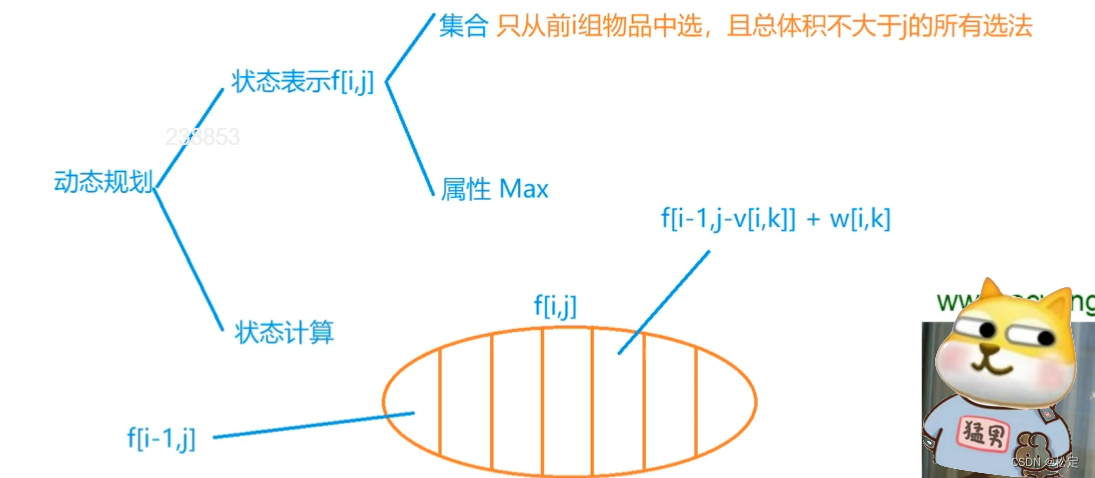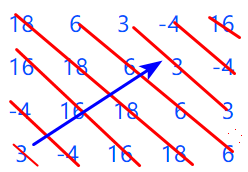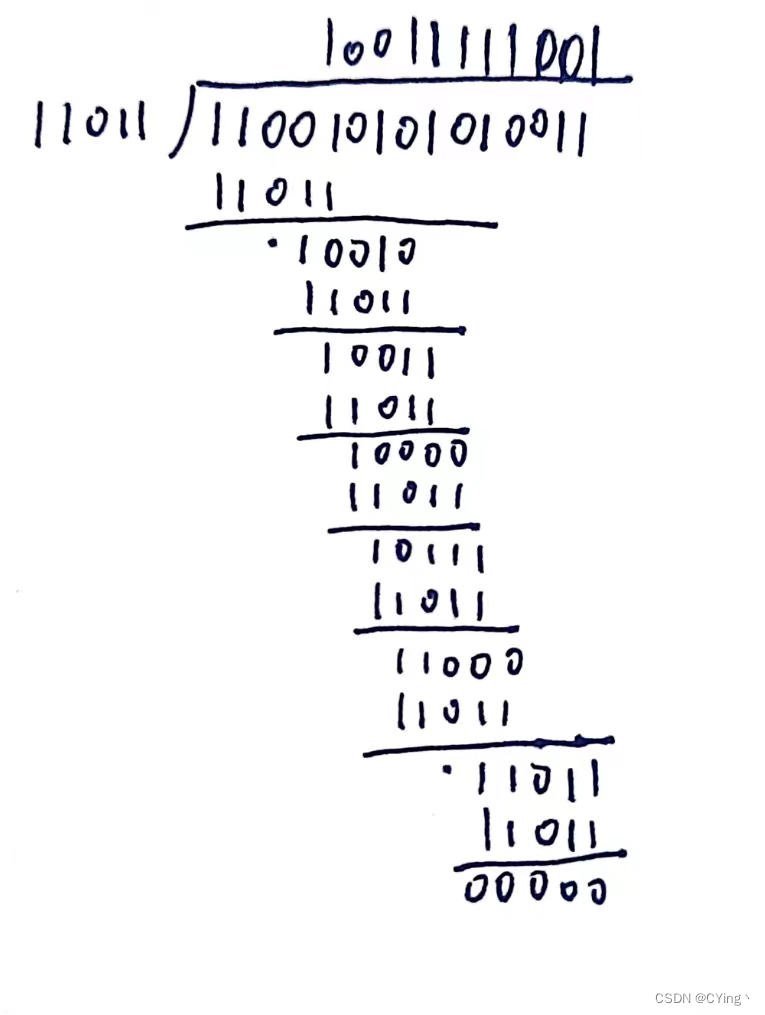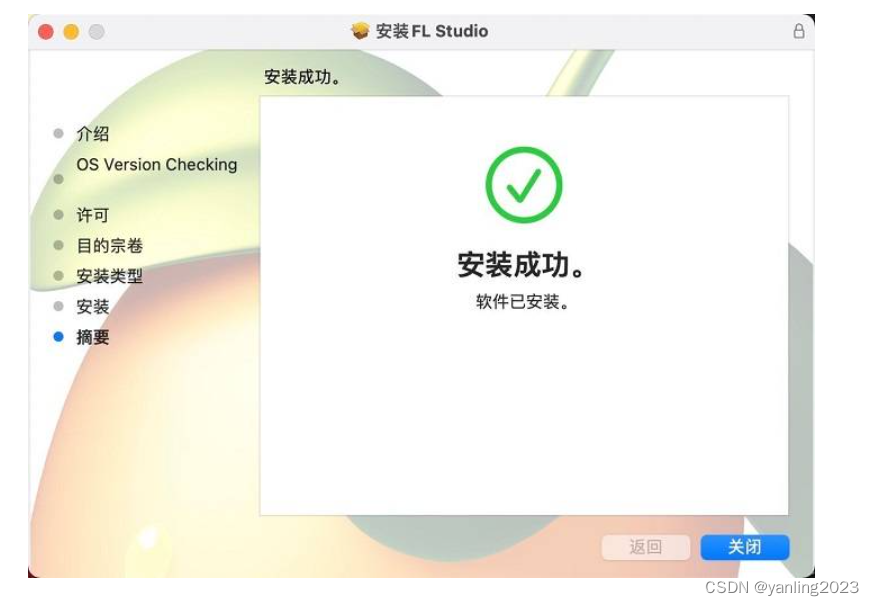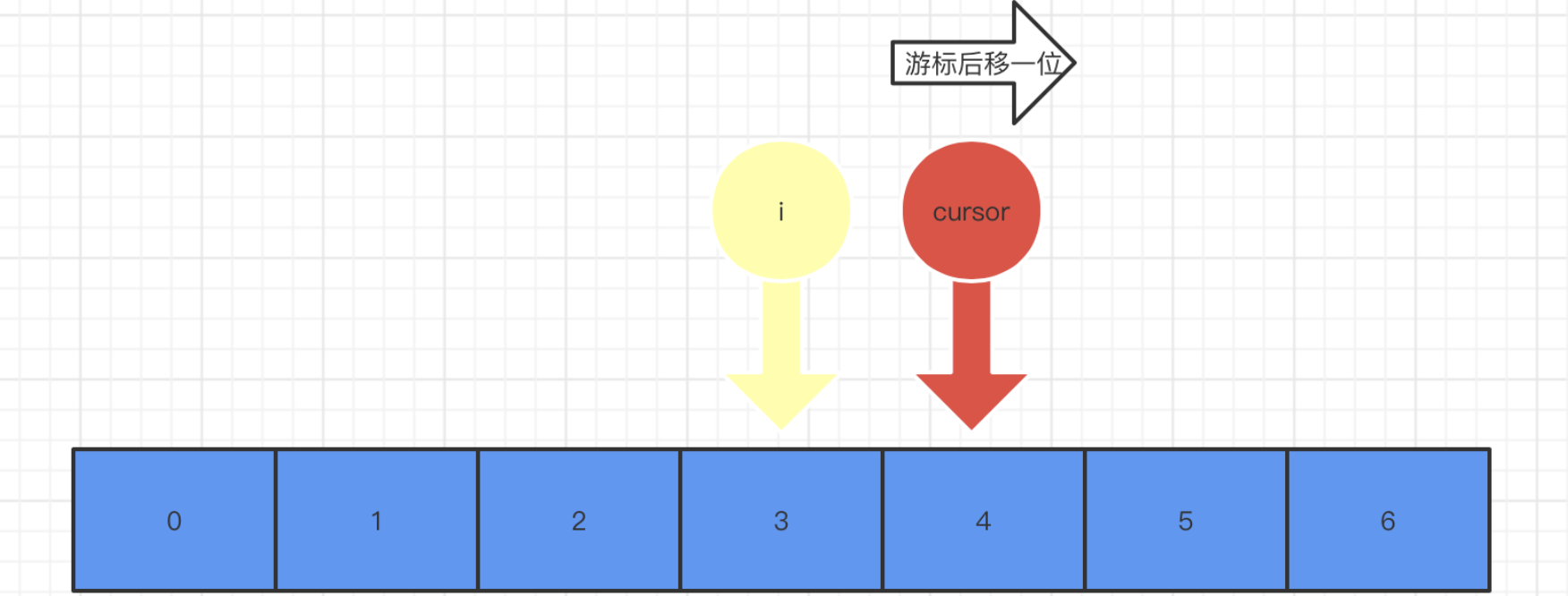这个方法的核心,是手动的获得图中的handlers和labels,然后对它们进行切分和提取,最后分为几个legend进行显示。代码如下:
后来对下面的代码进行修改,通过
handlers, labels = get_legend_handles_labels(axs=[axis])自动的获得handler。不再需要诸如handlers = [ax.scatter(range(10), [i * x for x in range(10)], label=f'Line {i}') for i in range(7)]之类的手动提取handler。源代码中这个依然进行了保留,是因为这个代码还是一个绘图过程
# -*- coding: utf-8 -*-
'''
@Time : 2024/1/5 20:55 \n
@Author : 月司 \n
@Email : 815603884@qq.com \n
@File : 图像图例的横向显示以及纵向显示.py \n
@version : 1.0 \n
@Software: PyCharm \n
@Desc :
'''import matplotlib.pyplot as plt
import matplotlib.axes
from typing import List, Tuple, Any
#这个函数可以获得axis对象的已经绘制的artist中的所有的hander和labels,这个可以只给它一个axis参数。注意这个参数需要是列表类的。
from matplotlib.legend import _get_legend_handles_labels as get_legend_handles_labelsdef custom_legend_layout(axis: matplotlib.axes.Axes,handlers: List[Any]=None,labels: List[str]=None,n_items: int = 3,offset: float = 0.05,vertical: bool = False,loc: str = 'upper right',first_bbox_to_anchor: Tuple[float, float] = (1, 1),**kwargs) -> None:"""A function to arrange legend items in a custom layout.:param axis: Axis object on which to place the legends.:param lines: List of line objects to include in the legends.:param labels: List of labels corresponding to the line objects.:param n_items: Number of items per row (if vertical=False) or column (if vertical=True).:param offset: Vertical offset between rows (or horizontal offset between columns if vertical=True).:param vertical: If True, legends are arranged vertically, otherwise horizontally.:param loc: Location anchor for all legends.:param first_bbox_to_anchor: :param first_bbox_to_anchor: `~matplotlib.transforms.BboxBase` instance, Bbox anchor of the first legend.Bbox anchor of the first legend.:param kwargs: Additional keyword arguments to pass to the legend function."""if (handlers is None) != (labels is None): # Check if only one of handlers or labels is providedraise ValueError("Both 'handlers' and 'labels' must be specified if one is provided.")if (handlers is None) and (labels is None): # get default handlers and labels from axhandlers,labels=get_legend_handles_labels(axs=[axis]) # note: the param axs is list object# 确保n_items不为0,避免除以0的错误n_items = max(1, n_items)# 计算需要多少个图例n_legends = len(handlers) // n_items + (1 if len(handlers) % n_items else 0)# 计算每个图例的bbox_to_anchorfor i in range(n_legends):start_idx = i * n_itemsend_idx = min(start_idx + n_items, len(handlers))legend_lines = handlers[start_idx:end_idx]legend_labels = labels[start_idx:end_idx]if vertical:# 对于垂直布局ncol = 1if i == 0:bbox_anchor = first_bbox_to_anchorelse:# 计算后续图例的bbox_to_anchorbbox_anchor = (first_bbox_to_anchor[0] + i * offset, first_bbox_to_anchor[1])else:# 对于水平布局ncol = len(legend_lines)if i == 0:bbox_anchor = first_bbox_to_anchorelse:# 计算后续图例的bbox_to_anchorbbox_anchor = (first_bbox_to_anchor[0], first_bbox_to_anchor[1] - i * offset)legend = axis.legend(legend_lines, legend_labels, loc=loc, bbox_to_anchor=bbox_anchor, ncol=ncol, frameon=False, **kwargs)axis.add_artist(legend)if __name__ == '__main__':# 示例使用这个函数fig, ax = plt.subplots()handlers = [ax.scatter(range(10), [i * x for x in range(10)], label=f'Line {i}') for i in range(7)]# 调用函数,横向排列图例custom_legend_layout(ax, n_items=3, offset=0.25, vertical=True,loc='upper center', first_bbox_to_anchor=(0.2, 0.8))from matplotlib.legend import _get_legend_handles_labels as get_legend_handles_labelshandles,labels=get_legend_handles_labels([ax])plt.show()注意:
handlers, labels = get_legend_handles_labels(axs=[axis])可以自动的获得handler和label。
下面是使用这个函数的几个示例:
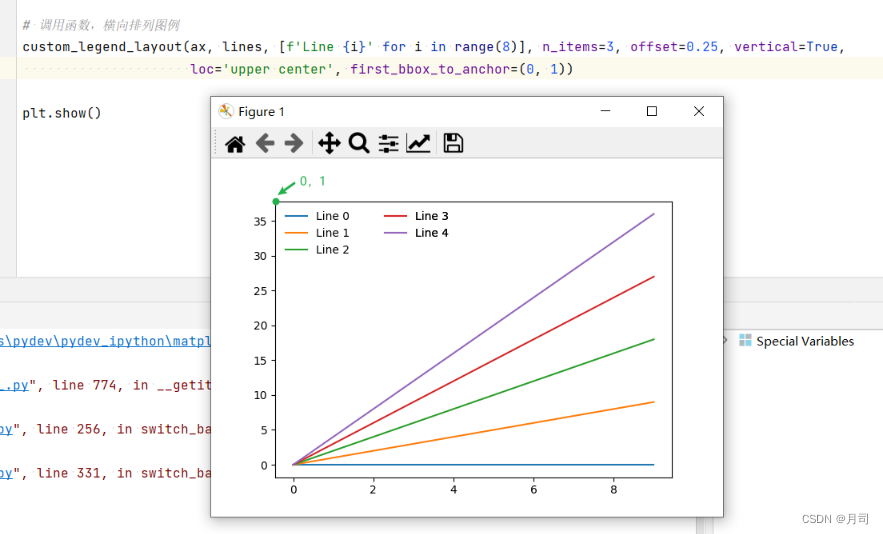
在Matplotlib中,bbox_to_anchor 参数用于指定图例(legend)的位置。这个参数接受一个元组,通常包含两个元素,分别代表图例在X轴和Y轴上的位置。这些位置的值通常是基于图表的坐标系统,可以是:
- 轴坐标(axis coordinates)
- 图表坐标(matplotlib.transforms.BboxBase)
- 图坐标(figure coordinates)或其他坐标系统。
图表坐标和图坐标都是相对坐标系
在前面的代码示例中,bbox_to_anchor 的值(例如 (0.5, 1))是基于图表坐标系统的。图表坐标系统中,(0, 0) 代表图表的左下角,而 (1, 1) 代表图表的右上角。因此,一个元组 (0.5, 1) 表示图例位于图表的顶部中心。
另外,如果是这个图片的左下角是(0,0),那么其实是figure的坐标系统
至于 offset 参数(在示例中为 0.05),它用于在指定方向上对图例的位置进行微调。在水平布局(vertical=False)的情况下,offset 用于垂直方向的偏移;在垂直布局(vertical=True)的情况下,offset 用于水平方向的偏移。
例如,如果 first_bbox_to_anchor 是 (0.5, 1)(顶部中心)并且 offset 是 0.05,那么第二个图例的 bbox_to_anchor 将会是 (0.5, 1 - 0.05),即稍微向下偏移。每个后续的图例都会继续这样向下偏移。
需要注意的是,offset 的值 0.05 也是图表坐标值。这意味着它的实际偏移量取决于图表的大小。在不同大小的图表中,相同的 offset 值会产生不同的实际偏移效果。这个值可能需要根据具体的图表尺寸和所需的视觉效果进行调整。
